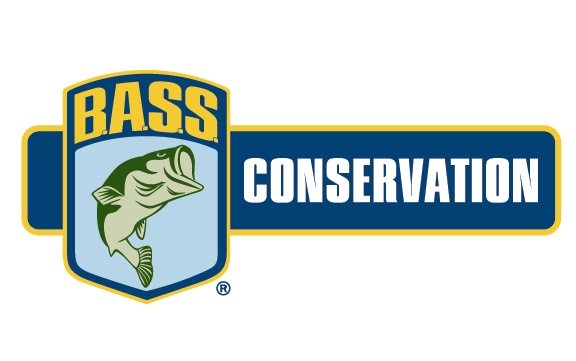
CHEYENNE, Wyoming — The Wyoming B.A.S.S. Nation (WBN) is encouraging support for a regulation that likely will eliminate weigh-tournaments on the Wyoming portion of Flaming Gorge for at least a decade.
The change from a six-fish limit to immediate catch and release and only “paper tournaments allowed” is necessary to save the bronzeback population in that portion of the Green River impoundment, according to Brad Tribby, WBN conservation director.
“Catch rates by anglers and monitoring of smallmouth bass populations by WGFD (Wyoming Game and Fish Department) absolutely warrant this regulation change,” said Tribby.
“We all understand this is a big-time regulation change, But Wyoming B.A.S.S. Nation feels this is paramount to saving the smallmouth fishing.”
The primary reason for this extreme measure is the illegal introduction of the burbot, a voracious predator that can grow to 20 pounds or more, into the Green River system. Since its discovery in Flaming Gorge in 2006, the smallmouth population has plummeted, as the fish also known as “ling” gobbles up not only prey fish but bass.
B.A.S.S. Nation Conservation Director Gene Gilliland said the Flaming Gorge situation perfectly illustrates the catastrophic consequences possible when a non-native species is introduced illegally, “impacting a legally stocked non-native species of higher sport value and the state is forced to take drastic measures to prevent collapse of the bass fishery.”
Surveys by WGFD have confirmed that smallmouth up to 10 inches are susceptible to predation by burbot. “This has created a smallmouth fishery where there are only big fish left,” Tribby said.
“In three years of fishing the reservoir, I have caught two smallmouth bass less than 10 inches. All that has set up Flaming Gorge’s smallmouth population for a crash that it may not recover from.”
WGFD added, “Generally speaking, bass less than 12 inches in length have all but disappeared from the northern half of the reservoir following the explosion in the burbot population. There can be no doubt that burbot predation is the driving force behind the missing bass.”
Compounding the problem is that Wyoming’s portion of the fishery ––Open Hills and Inflow –– also has one of the highest catch and keep rates in the country for smallmouth bass, between 20 and 25 percent, with spear fishermen contributing to the harvest. Ironically, in Utah’s Canyon region, not habitat friendly for burbot, the smallmouth population is too high, resulting in many small fish.
During the past couple of years, anglers have teamed with Utah and Wyoming wildlife agencies to move 300 to 500 bass from the Canyon to Wyoming waters.
Also, WGFD reports some encouraging news. In recent years, surveys have revealed bass under 12 inches in the Inflow area, meaning some are avoiding burbot predation.
“The proposed regulation is intended to protect the remaining bass so they can spawn and rebuild the smallmouth population as burbot numbers are further reduced by anglers,” the agency said. “The key source of mortality that fish managers and anglers can control is angler harvest.”
Here’s the link where you can go to voice your support for the catch-and-release proposal for Wyoming’s portion of Flaming Gorge. The comment period is open through June 3.
https://wgfd.wyo.gov/2017-fishing-regulations





